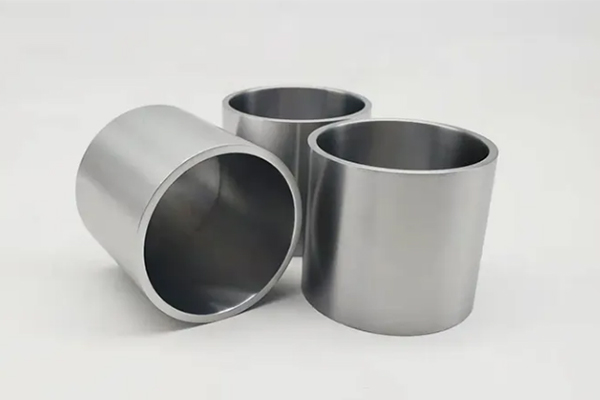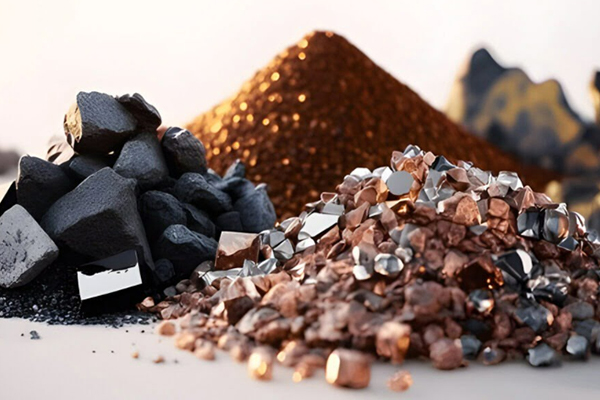Storage And Environmental Protection For Industrial Magnets
Introduction
Industrial magnets are principal components of many applications such as motors and generators, magnetic separators, and sensors. The operation of industrial magnets depends not only on material properties but also on storage and environmental protection. Water, high temperature, physical shock, or corrosive chemicals may impair magnet strength and lower service life. It is necessary to study the methods of storing and handling different types of magnets for efficacy, safety, and long life in industrial use.
Why Special Handling Is Required for Different Types of Magnets
There are different types of magnets, and each has special features as well as limitations. The three most common types are:
1. Neodymium-Iron-Boron (NdFeB) Magnets:
NdFeB magnets are extremely powerful but are prone to oxidation and corrosion if not properly protected. They are also sensitive to high temperatures, which can permanently reduce their magnetic strength.
2. Samarium-Cobalt (SmCo) Magnets:
SmCo magnets are highly resistant to heat and corrosion; however, they are brittle and can chip easily. They require careful handling to prevent mechanical damage during storage or use.
3. Ferrite (Ceramic) Magnets:
Ferrite magnets are naturally resistant to corrosion and maintain stability at elevated temperatures. Despite their durability in harsh environments, they are brittle and susceptible to fractures, so precautions against physical impact are necessary.
Chemical composition and physical structure of each vary to determine environmental protection and storage requirements. A single "one-size-fits-all" treatment is insufficient; specially designed tactics yield maximum resistance.
Protective Measures Specific to Various Magnets
Neodymium Magnets:
NdFeB magnets should be kept snug as they are oxidising in nature. A few of the standard procedures include:
• Coatings: Nickel, zinc, epoxy, or gold plating prevents direct contact with moisture.
• Controlled Storage Conditions: Store in low-humid environments (less than 50% RH) and prevent high temperatures of 80–100 °C.
• Physical Separation: Store with cardboard, plastic, or non-magnetic separators to prevent sudden demagnetisation due to contact or attraction between powerful magnets.
Samarium-Cobalt Magnets:
SmCo magnets are resistant to corrosion but require special mechanical protection. Protection entails:
• Padding and Encapsulation: Pad or encapsulate in soft foams or polymer sleeves to prevent chipping when handled or stored.
• Stable Environmental Conditions: Despite being heat-resistant to 300–350 °C, avoid exposure to extreme temperature ranges to prevent thermal stress.
Ferrite Magnets:
Ferrite magnets are naturally resistant to corrosion but very brittle:
• Mechanical Protection: Store flat on pads and do not stack to avoid crack-on-crack configurations.
• Sensitivity to Moisture: Although corrosion is minimal, refrain from extended immersion in water or acid to prevent pitting of the surfaces.
General Precautions for All Magnets:
• Shock and Vibration: Magnets chip, crack, or lose registration on impact.
• Segregate by Polarity: Strong magnets attract rapidly to one another; misalignment can cause injury or damage.
• Label and Store in Order: Clear labelling prevents accidental damage, and safe storage is provided.
Frequently Asked Questions
Q: Will magnets survive outdoor storage?
A: Ferrite magnets can survive outdoor storage for short periods, whereas NdFeB magnets require dry controlled conditions to avoid corrosion.
Q: What is the safe temperature range for NdFeB magnet storage?
A: Ideally below 80–100 °C to prevent irreversible loss of magnetisation.
Q: How are powerful magnets to be isolated during storage?
A: Do not use cardboard, plastic film, or non-magnetic spacers to prevent immediate attraction that can lead to chipping or injury.
Q: Must all applications include coated magnets?
A: Coating is especially required for NdFeB magnets in corrosive or wet environments, but SmCo and ferrite magnets are not necessarily required to be coated in normal conditions.
Q: Does magnet strength deteriorate over time even under perfect storage?
A: Yes, there is gradual demagnetisation, but storage and protection minimise the effect to less than 95% of original strength after decades.

 Bars
Bars
 Beads & Spheres
Beads & Spheres
 Bolts & Nuts
Bolts & Nuts
 Crucibles
Crucibles
 Discs
Discs
 Fibers & Fabrics
Fibers & Fabrics
 Films
Films
 Flake
Flake
 Foams
Foams
 Foil
Foil
 Granules
Granules
 Honeycombs
Honeycombs
 Ink
Ink
 Laminate
Laminate
 Lumps
Lumps
 Meshes
Meshes
 Metallised Film
Metallised Film
 Plate
Plate
 Powders
Powders
 Rod
Rod
 Sheets
Sheets
 Single Crystals
Single Crystals
 Sputtering Target
Sputtering Target
 Tubes
Tubes
 Washer
Washer
 Wires
Wires
 Converters & Calculators
Converters & Calculators
 Write for Us
Write for Us





 Chin Trento
Chin Trento



